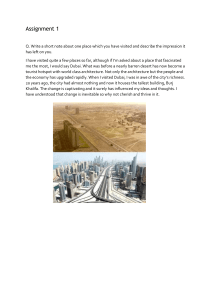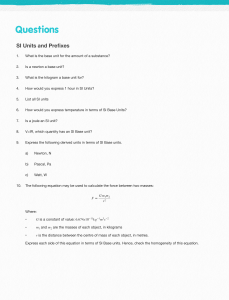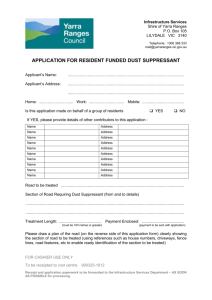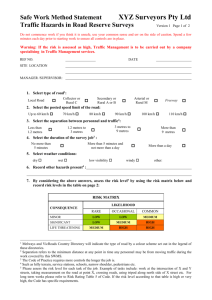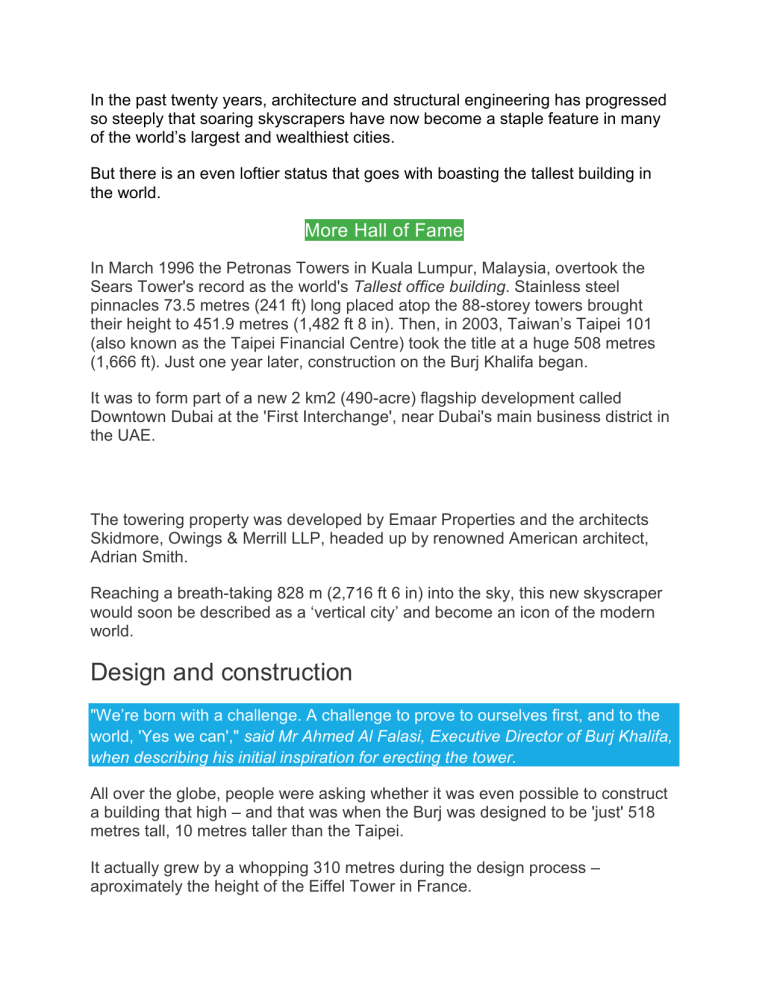
In the past twenty years, architecture and structural engineering has progressed so steeply that soaring skyscrapers have now become a staple feature in many of the world’s largest and wealthiest cities. But there is an even loftier status that goes with boasting the tallest building in the world. More Hall of Fame In March 1996 the Petronas Towers in Kuala Lumpur, Malaysia, overtook the Sears Tower's record as the world's Tallest office building. Stainless steel pinnacles 73.5 metres (241 ft) long placed atop the 88-storey towers brought their height to 451.9 metres (1,482 ft 8 in). Then, in 2003, Taiwan’s Taipei 101 (also known as the Taipei Financial Centre) took the title at a huge 508 metres (1,666 ft). Just one year later, construction on the Burj Khalifa began. It was to form part of a new 2 km2 (490-acre) flagship development called Downtown Dubai at the 'First Interchange', near Dubai's main business district in the UAE. The towering property was developed by Emaar Properties and the architects Skidmore, Owings & Merrill LLP, headed up by renowned American architect, Adrian Smith. Reaching a breath-taking 828 m (2,716 ft 6 in) into the sky, this new skyscraper would soon be described as a ‘vertical city’ and become an icon of the modern world. Design and construction "We’re born with a challenge. A challenge to prove to ourselves first, and to the world, 'Yes we can'," said Mr Ahmed Al Falasi, Executive Director of Burj Khalifa, when describing his initial inspiration for erecting the tower. All over the globe, people were asking whether it was even possible to construct a building that high – and that was when the Burj was designed to be 'just' 518 metres tall, 10 metres taller than the Taipei. It actually grew by a whopping 310 metres during the design process – aproximately the height of the Eiffel Tower in France. Construction began on 21 September 2004, with the exterior of the structure completed on 1 October 2009. The taller a building is the greater the effects of weather, but the neo-Futuriststyle Burj Khalifa was designed with a complex Y-shaped cross section to reduce the effect of wind.
